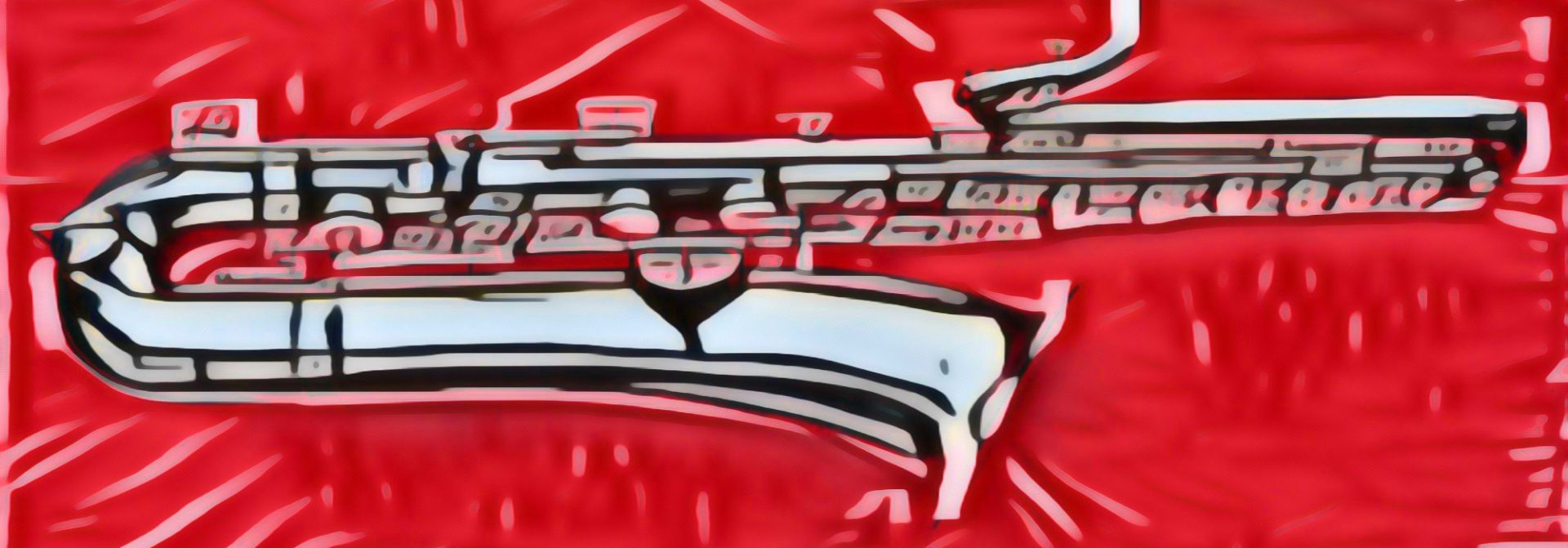Since finding out yesterday that Charlie A’s site is now gone, I went scouring through the various search engines’ archives looking for a few of the seminal pieces that I knew Charlie had written over the years, that I used to refer my students to.
The following article about proper reed placement is really good. If you need a refresher on mouthpiece anatomy, you can check out the diagram in my previous post. (It’s about 1/3 of the way down.)
I have been a professional musician and teacher for many years, and not until just a few years ago did I know how to properly place the reed on the mouthpiece. It’s a very simple but major part of “good playing performances”, as well as a consistency when changing reeds or mouthpieces. The formula, if you would call it that, is very SIMPLE and it works.
Place the reed on your mouthpiece. Fit it so that when it is in fixed position (with the ligature tightened), and you press down on the tip of the reed, it touches the tip of the mouthpiece, or the tip rail more properly stated. The reed should be perfectly matched to the tip of the mouthpiece. Be sure that it does not come up shorter than the tip rail, nor longer than the tip rail — just exactly even!! This will give you full use of your mouthpiece, in that this position will allow complete reed vibration on the entire rail of the mouthpiece, including the tip, and will give you the full range of overtones that is possible from the mouthpiece that you have. This will give you the best possible tone quality and flexibility from your piece that you could expect.
I know that there are a lot of advocates that say “place the reed a little longer than the tip rail, and you will get more edge” (this used to be my way), and others that believe in placing it a little bit shorter than the tip rail, but the truth is that if you will use this correct placement each time, then I can guarantee you the best performance available.
I learned this from Santy Runyon, one of the greatest teachers ever on saxophone, and I have been so grateful that he told me this. Now I know that each time I put the reed on my mouthpiece, it will respond the same way.
So Santy I say, “thank you,”, and if you follow this principal you will want to thank him too.
~ Charlie A.


